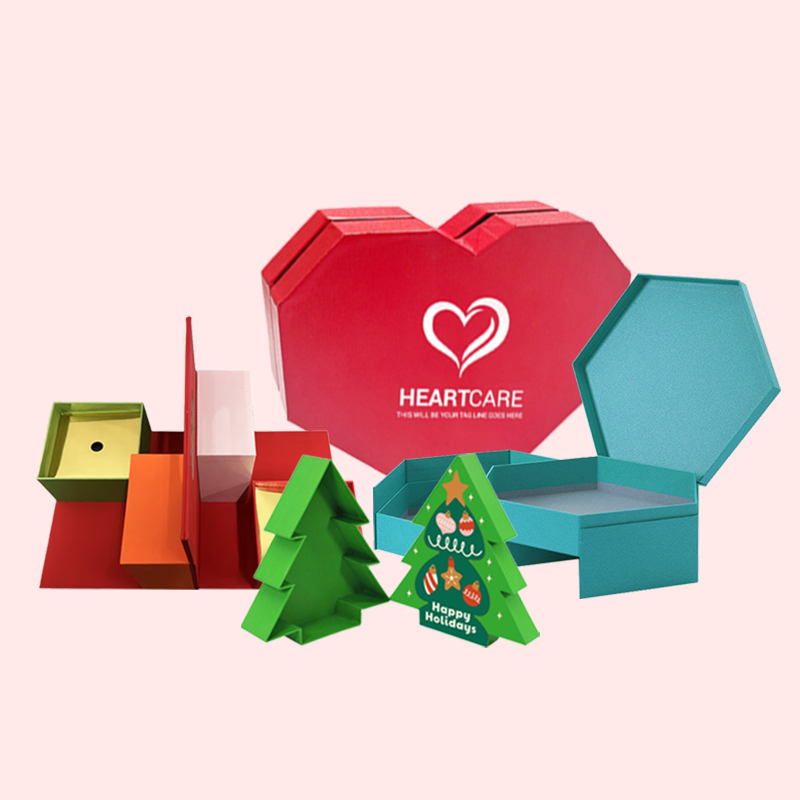Struggling to make your packaging more than just a container? This limitation means lost data and customer engagement. IoT smart packaging technology gives your products a digital voice.
IoT smart packaging technology embeds sensors, tags, or codes into packaging. These elements connect to the internet, allowing the package to collect and transmit data. This creates an interactive and trackable experience from the factory to the customer's hands, enhancing security and engagement.
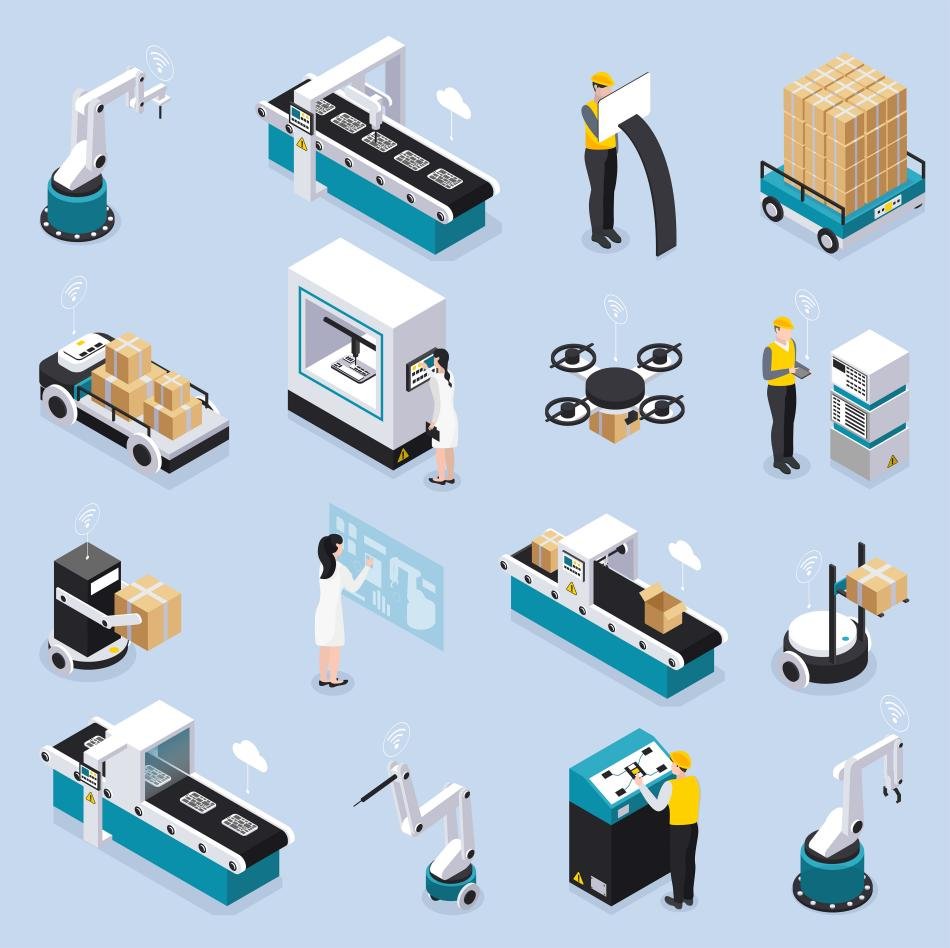
I've seen a lot of changes in my 16 years in the packaging industry. The shift towards "smart" solutions is one of the biggest. It can seem complex at first. But when you break it down, the core ideas are quite straightforward. Let's look at the key components to understand how this technology really works for designers like you.
What is IoT in packaging?
Unsure how the "Internet of Things" actually connects to a physical package? This gap in knowledge can hold back your designs. IoT in packaging connects your box to a network.
IoT in packaging is the practice of integrating internet-connected devices like sensors or NFC tags into packaging. This allows the package to send and receive data. It transforms a static box into a dynamic node on a network, creating a bridge between the physical product and digital information.
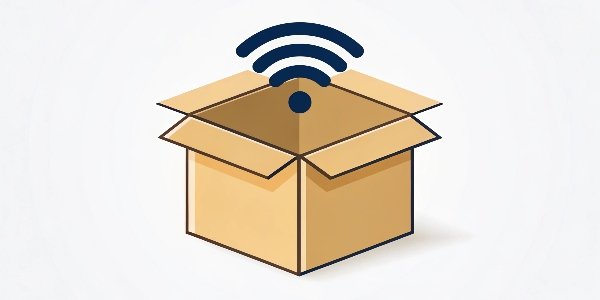
IoT in packaging isn't as complicated as it sounds. Think of it as giving a package a unique identity and a way to communicate. Over my years at Giftspack, I've seen this evolve from a niche concept to a practical tool for many brands.
The Core Components
There are three main parts. First, the physical trigger1, like a QR code, an NFC tag, or an RFID chip embedded in the paper or label. Second, the network connection2, which is usually the user's smartphone that scans the trigger. Third, the digital platform3, which is the cloud server that stores the data and delivers the experience. When a packaging designer plans this, they must consider all three parts working together seamlessly.
How it Works in Practice
A customer buys a product. They scan a QR code on the box with their phone. This action sends a signal to a server. The server then returns information, like a welcome video, authenticity verification, or a special offer. This simple interaction opens up a whole new channel for brands.
| Technology | Cost | Use Case Examples |
|---|---|---|
| QR Code | Low | Marketing links, basic info, promotions |
| NFC Tag | Medium | Tap-to-pay, instant authentication, interactive content |
| RFID Chip4 | High | Supply chain tracking, inventory management, security |
Choosing the right one is key to balancing budget and functionality.
What is smart packaging technology?
Confused by the broad term "smart packaging"? This ambiguity makes it hard to identify real value. Smart packaging uses technology to actively do more than just protect the product.
Smart packaging technology refers to packaging systems with enhanced functionality. This is achieved through embedded tech. It includes two main types: active packaging5, which improves product shelf life, and intelligent packaging6, which communicates information about the product's condition or location to the user.
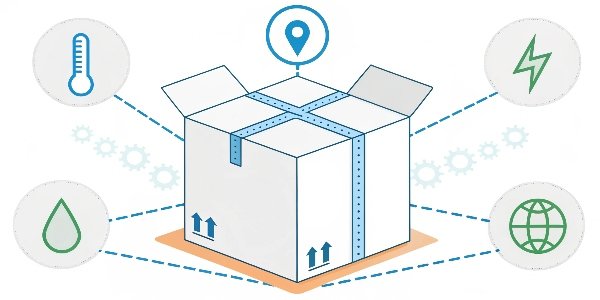
The term "smart packaging" covers a lot of ground. It's not just about digital connections. From my experience, it's best to split it into two categories. This helps designers understand what they are trying to achieve. Is the goal to protect the product inside, or to talk to the world outside?
Active Packaging: A Silent Guardian
This type of packaging works to improve the product's condition. It's about preservation. Think of materials that absorb oxygen to keep food fresh or release antimicrobial agents. This technology works quietly. The customer may not even know it's there, but it extends shelf life and maintains quality. For high-value foods or medicines, this is a game-changer.
Intelligent Packaging: The Communicator
This is where IoT often comes in. Intelligent packaging is designed to communicate. It can tell you if a product has been opened, if it got too hot during shipping, or if it's nearing its expiration date. This is done with things like temperature sensors7, freshness indicators, or track-and-trace tags. This information empowers both the business and the end consumer.
| Category | Primary Goal | Example Technology |
|---|---|---|
| Active Packaging | Preserve Product Quality | Oxygen scavengers, moisture absorbers |
| Intelligent Packaging | Communicate Information | Temperature sensors, NFC/RFID tags, QR codes |
What is package in IoT?
What is a package's role in the huge "Internet of Things"? Thinking of it as just a box limits its potential. A package in IoT is a moving data source.
In the context of IoT, a package is an object given a unique digital identity. It's equipped with technology to connect to the internet and share data about its status. It becomes an active participant in the digital supply chain, not just a passive carrier of goods.
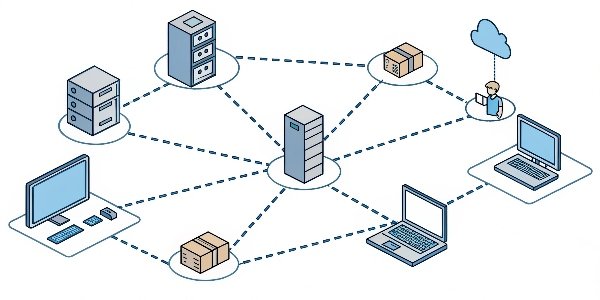
For most of my 16 years in this business, a package had one job: to protect what's inside. Now, its role is changing dramatically. In the IoT world, the package itself becomes a valuable asset.
From Passive Container to Active Asset
Think about a regular box. It's dumb. It doesn't know where it is, what temperature it is, or if it has been opened. Now, attach a small sensor. Suddenly, this box has a voice. It can report its location, log temperature changes, and send an alert if its seal is broken. The physical package is now a digital 'thing' that provides real-time intelligence. This transforms it from a cost center into a source of valuable business data. For a designer, this means you're not just designing a box; you're designing a data collection tool8.
The Data It Generates
The information collected can be incredibly powerful. It offers visibility into the supply chain that was never possible before.
| Data Type | Potential Business Value |
|---|---|
| Location Tracking | Optimize shipping routes, theft prevention |
| Temperature Monitoring | Ensure cold chain integrity for food/pharma |
| Tamper Evidence | Prevent counterfeiting, ensure product safety |
| Customer Interaction | Gather marketing data, user feedback |
What is a smart package9?
Looking for a simple definition of a "smart package9"? Vague terms can complicate client discussions. A smart package9 is any packaging with technology that adds extra functionality.
A smart package9 is a packaging solution that uses technology to do more than just hold and protect a product. It can monitor conditions, track location, communicate with consumers, or provide digital content. It serves as an interface between the product, the manufacturer, and the end-user.
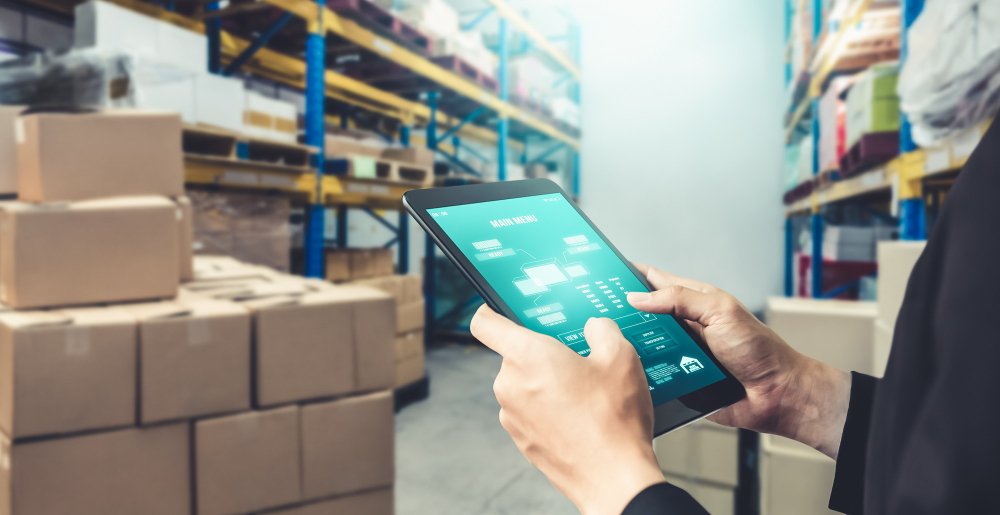
Let’s bring everything together. A smart package9 is the final product of all these technologies. It’s what designers create and what customers interact with.
A Real-World Example
I once worked with a client selling high-end wine. Their problem was counterfeiting and ensuring the wine was stored properly. We designed a box with an NFC tag embedded in the seal. Before purchase, a retailer could scan it to verify its journey from the vineyard. After purchase, the customer could scan it to get tasting notes. If the seal was broken, the tag would show a "tampered" message. This single package provided security for the brand and a better experience for the customer. It was intelligent, active, and connected.
The Designer's Role
As a packaging designer, your job expands. you are not only concerned with structure and graphics. You must now think about user experience10, data flow, and technology integration.
| Feature | Manufacturer Benefit | Consumer Benefit |
|---|---|---|
| NFC Authentication | Anti-counterfeiting | Peace of mind, authenticity |
| QR Code Link11 | Marketing analytics | Exclusive content, tutorials |
| Temperature Sensor | Quality control | Assurance of product integrity |
Conclusion
In short, IoT smart packaging connects your products to the digital world. It offers huge opportunities for security, marketing, and supply chain visibility12. Let's build smarter packages together.
-
Understand the role of physical triggers like QR codes in enhancing user experience. ↩
-
Find out how network connections enable real-time data sharing and customer interaction. ↩
-
Explore how digital platforms store data and enhance the consumer experience. ↩
-
Explore the various applications of RFID chips in enhancing supply chain management. ↩
-
Learn about active packaging and its role in preserving product quality. ↩
-
Discover how intelligent packaging communicates vital information about products. ↩
-
Understand the significance of temperature sensors in maintaining product integrity. ↩
-
Discover how packaging can transform into a valuable data collection tool for businesses. ↩
-
Explore the features that make a package 'smart' and its benefits for brands. ↩ ↩ ↩ ↩ ↩
-
Learn how smart packaging enhances user experience through technology integration. ↩
-
Learn how QR Code Links can provide valuable marketing analytics and customer engagement. ↩
-
Discover the importance of supply chain visibility in optimizing logistics and operations. ↩


